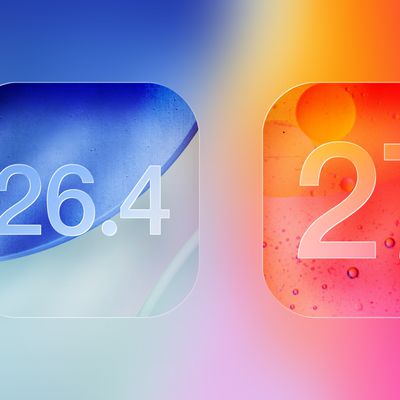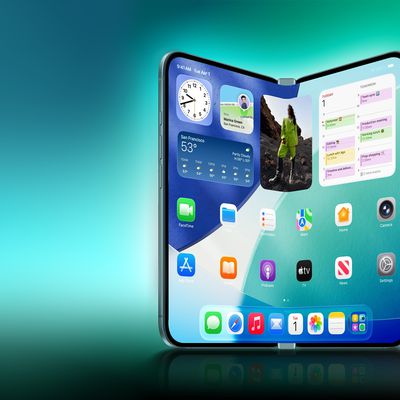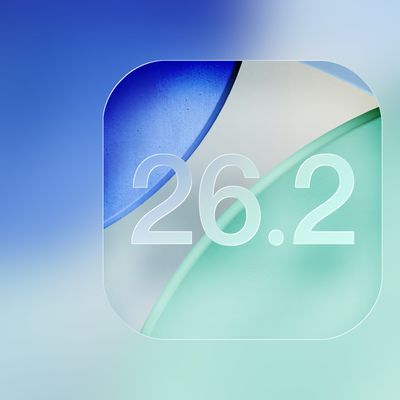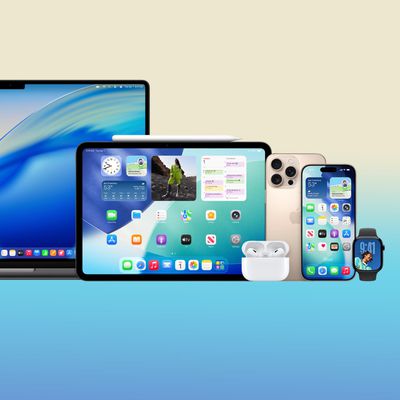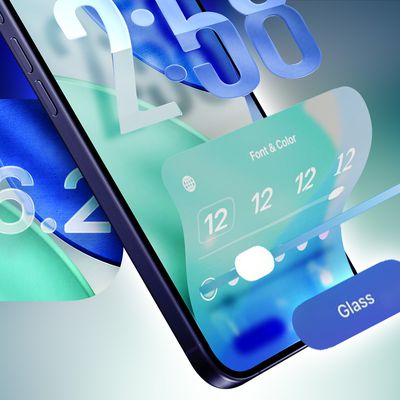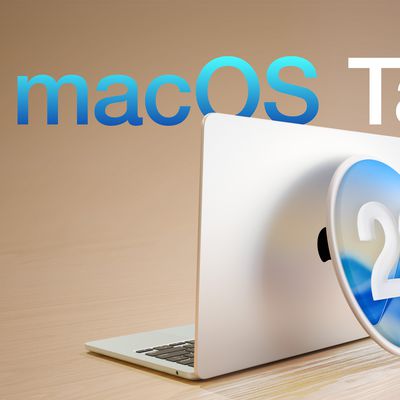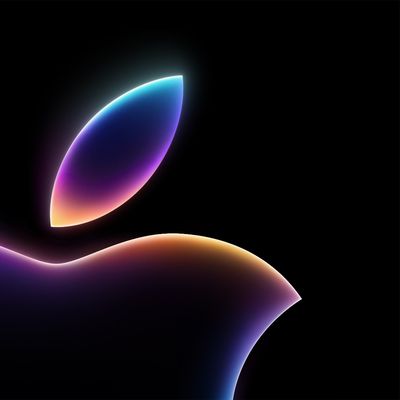Apple Suppliers Already Working on Second-Generation OLED iPad
Apple suppliers are already working on display panels for second-generation OLED iPad models, The Elec reports.
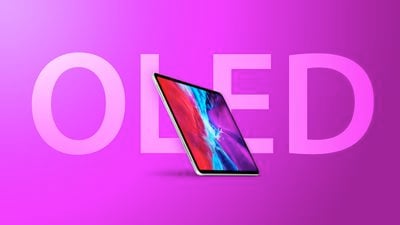
Samsung Display is said to be in the process of negotiating prices for new Gen 8.5 OLED deposition equipment designed to make OLED display panels for devices like tablets. Samsung is reportedly planning to use the equipment to mass-produce Gen 8.5 OLED panels in late 2024 for the second-generation version of Apple's OLED iPad.
Apple has begun transitioning its iPad and MacBook lines to mini-LED displays over the last year, and OLED would be the next step after that. Unlike mini-LED displays, OLED panels use self-emitting pixels and do not require backlighting, which could improve contrast ratio and contribute to longer battery life on future iPad and MacBook models. Apple already uses OLED displays for its latest iPhones and all Apple Watch models.
The first-generation OLED iPad models, consisting of an 11-inch and 12.9-inch iPad Pro, are expected to use displays supplied by LG Display and Samsung, using existing Gen 6 OLED production lines. Moving to Gen 8.5 OLED panels for the second-generation of OLED iPads is more economical for larger devices than using Gen 6, which is better for smaller devices like smartphones, because it can yield more OLED panels per substrate.
The first OLED iPad models are purportedly scheduled to launch in 2024, so a late 2024 mass-production date for displays destined for second-generation models could situate their launch sometime in 2025.
Various Apple devices with Gen 8.5 OLED displays are expected to launch after the debut of the first OLED iPad. For example, a previous report placed the launch of the first MacBook with an OLED display in 2025, depending on the success of new 11- and 12.9-inch OLED iPad Pro models from the previous year.
Popular Stories
Macworld's Filipe Espósito today revealed a handful of features that Apple is allegedly planning for iOS 26.4, iOS 27, and even iOS 28.
The report said the features are referenced within the code for a leaked internal build of iOS 26 that is not meant to be seen by the public. However, it appears that Espósito and/or his sources managed to gain access to it, providing us with a sneak peek...
The first foldable iPhone will feature a series of design and hardware firsts for Apple, according to details shared by the Weibo leaker known as Digital Chat Station.
According to a new post, via machine translation, Apple is developing what the leaker describes as a "wide foldable" device, a term used to refer to a horizontally oriented, book-style foldable with a large internal display....
Apple today released iOS 26.2, the second major update to the iOS 26 operating system that came out in September, iOS 26.2 comes a little over a month after iOS 26.1 launched. iOS 26.2 is compatible with the iPhone 11 series and later, as well as the second-generation iPhone SE.
The new software can be downloaded on eligible iPhones over-the-air by going to Settings >...
Last week, details about unreleased Apple devices and future iOS features were shared by Macworld. This week, we learned where the information came from, plus we have more findings from the leak.
As it turns out, an Apple prototype device running an early build of iOS 26 was sold, and the person who bought it shared the software. The OS has a version number of 23A5234w, and the first...
Apple seeded the second iOS 26.2 Release Candidate to developers earlier this week, meaning the update will be released to the general public very soon.
Apple confirmed iOS 26.2 would be released in December, but it did not provide a specific date. We expect the update to be released by early next week.
iOS 26.2 includes a handful of new features and changes on the iPhone, such as a new...
Apple today released macOS Tahoe 26.2, the second major update to the macOS Tahoe operating system that came out in September. macOS Tahoe 26.2 comes five weeks after Apple released macOS Tahoe 26.1.
Mac users can download the macOS Tahoe update by using the Software Update section of System Settings.
macOS Tahoe 26.2 includes Edge Light, a feature that illuminates your face with soft...
Apple today released new firmware designed for the AirPods Pro 3 and the prior-generation AirPods Pro 2. The AirPods Pro 3 firmware is 8B30, up from 8B25, while the AirPods Pro 2 firmware is 8B28, up from 8B21.
There's no word on what's include in the updated firmware, but the AirPods Pro 2 and AirPods Pro 3 are getting expanded support for Live Translation in the European Union in iOS...
Software from an iPhone prototype running an early build of iOS 26 leaked last week, giving us a glimpse at future Apple devices and iOS features. We recapped device codenames in our prior article, and now we have a list of some of the most notable feature flags that were found in the software code.
In some cases, it's obvious what the feature flags are referring to, while some are more...



